Yesterday evening, a group of shore explorers went to check out the shore at Tuas.
 |
| Panoramic view of the shore at Tuas |
We are very grateful for the kind staff at MSD Pharma (Singapore) Pte Ltd, who helped to make this trip possible.
While this shore is unfamiliar to a few of us, it is my first time exploring this shore. From the shore, we could see Merawang beacon (green beacon) clearing and also the lighthouse at Pulau Merabong, an uninhabited island located in Johor just off the western side of the Malaysia-Singapore border. To the other direction, we could see Raffles Marina and the Tuas Second Link checkpoint.
So what interesting critters did I manage to find on the shore?
For a start, there is a large spread of
spoon seagrass (
Halophila ovalis) and the MSD staff have been constantly helping
TeamSeagrass with seagrass monitoring at this site. Unfortunately, I did not take any photos of the spoon seagrass patch on this shore. Sigh...
There were different types of crabs that I saw on the shore and at the small mangrove patch.
The first crab that I saw seems to be a
spotted-belly forceps crab (
Ozius guttatus). According to the wild factsheets, this is a large shy crab and is sometimes seen on our Southern shores near rocky shores, sea walls and among coral rubble and near living reefs. Distinctive features of the crab includes dark eyes with white spots and pale orange underside with lots of tiny dark spots on its belly.
 |
| Spotted-belly forceps crab, spotted sitting quietly among the spoon seagrass. |
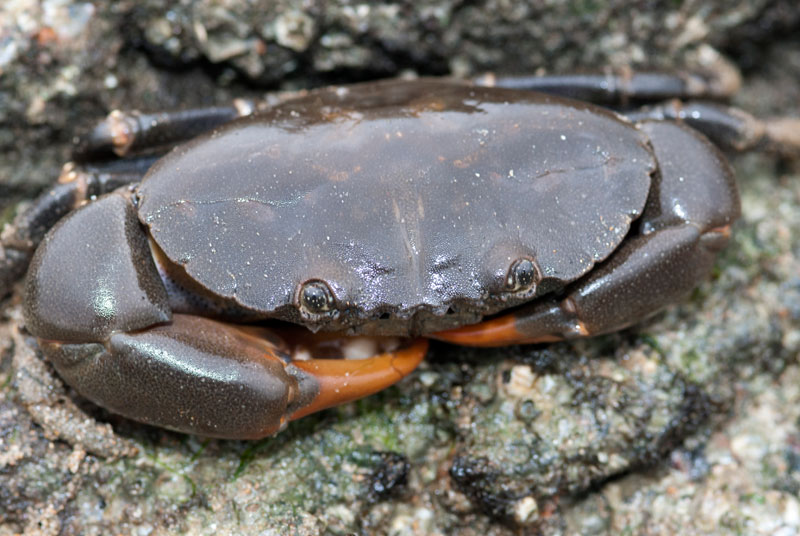 |
| Notice the white spots on its eyes. |
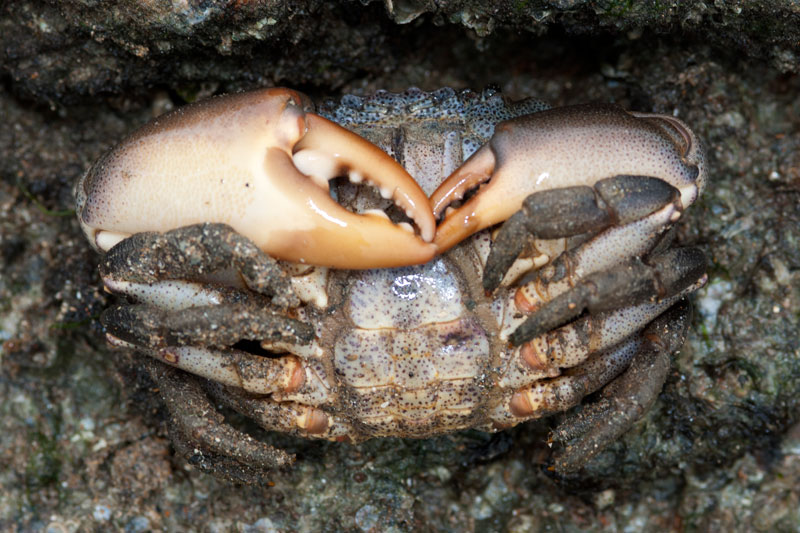 |
| Underside of the crab. |
 |
| View of the crab from the back |
A similar looking crab is the
stone crab (
Myomenippe hardwickii) but this crab has green eyes, often circled with red.
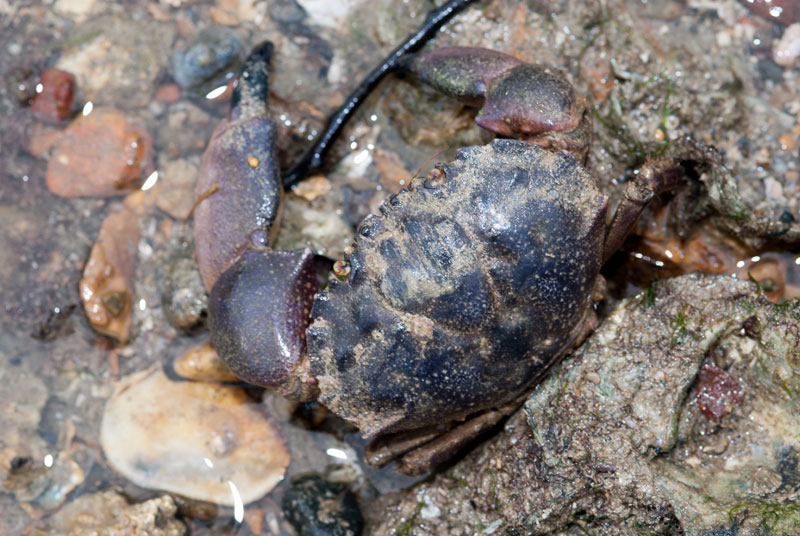 |
| Stone crab |
Near the mangrove patch, there are two different types of fiddler crabs and it takes a lot of patients to see them coming out of their burrows. Near the mangrove trees are the
orange fiddler crabs (
Uca vocans).
 |
| Orange fiddler crab, male. |
 |
| Tiny orange fiddler crab, female, front. |
 |
| Tiny orange fiddler crab, female, back. |
Further up the mangrove trees, on the sandy area, are the
porcelain fiddler crabs (
Uca annulipes). Compared to the orange fiddler crabs, the male porcelain fiddler crabs have a smoother enlarged pincer.
 |
| Porcelain fiddler crab, male. |
There is also an interesting looking crab, which I am unsure of its identity.
 |
| Interesting crab. |
At the water's edge near the mangrove, a group of
gold-spotted mudskippers (
Periophthalmus chrysospilos) are on high alert of any danger the approaching human is to them. However, a patient wait allows you to slowly get closer to them.
 |
| Gold-spotted mudskippers, falling in. |
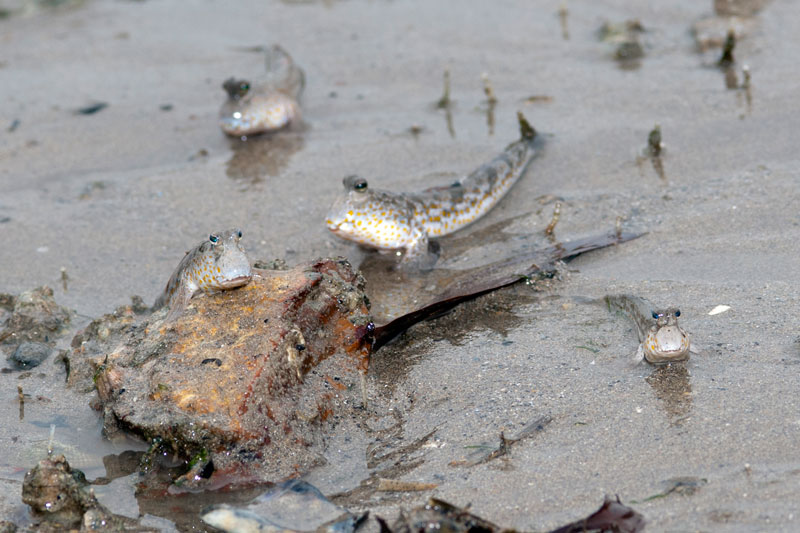 |
| Perching on a rock. |
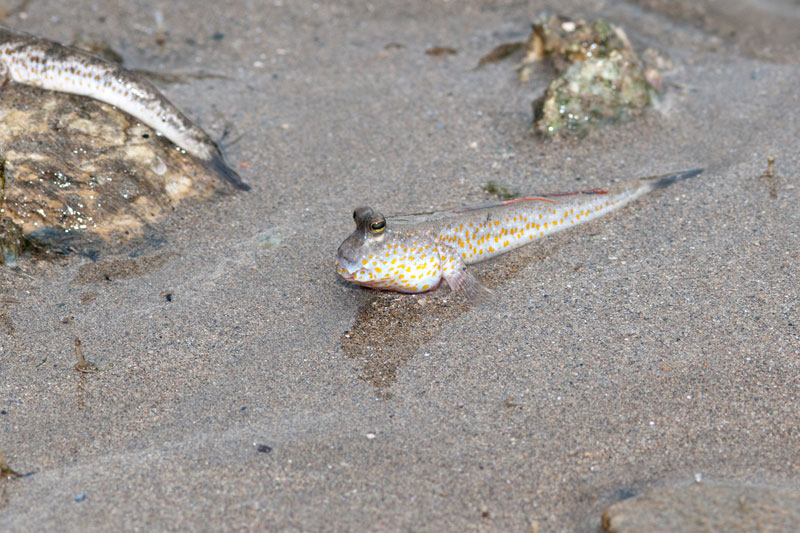 |
| Gold spots. |
 |
| In a line. |
The small pools too have interesting animals such as the
slender sea moth (
Pegasus volitans) and the scavenging whelks.
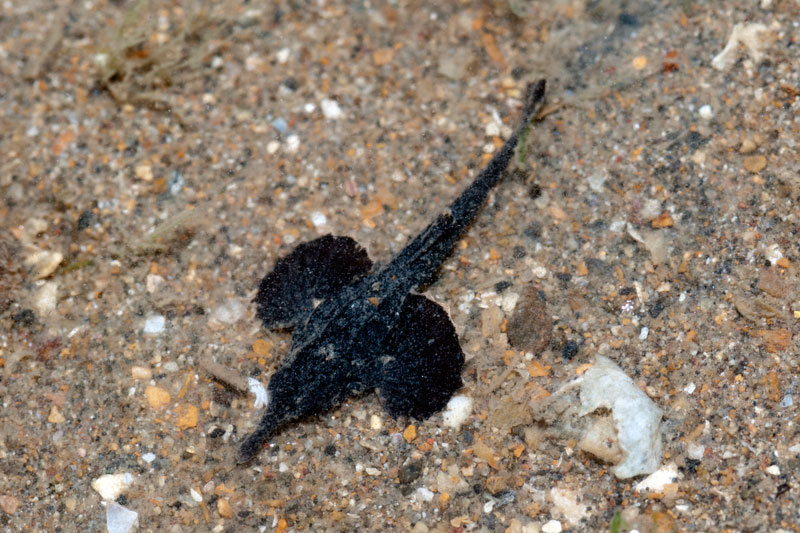 |
| Slender sea moth |
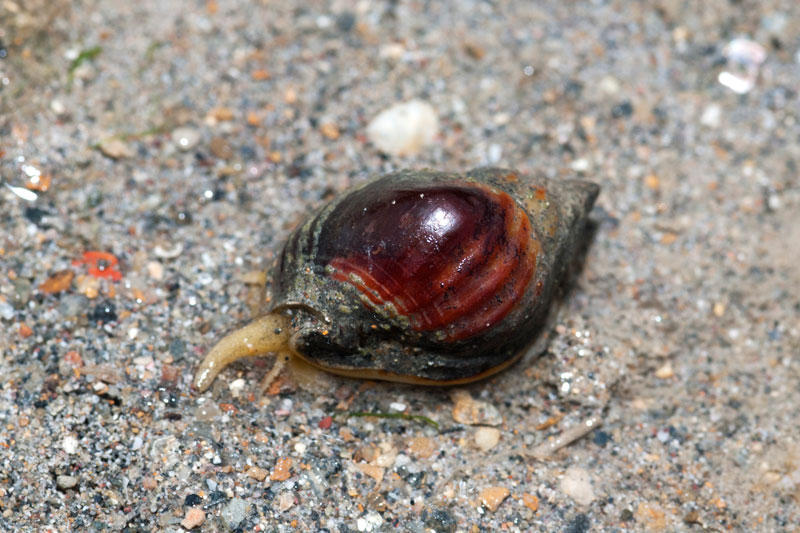 |
| Whelk |
The tide slowly went down but it was not low enough for us to get to the Merawang beacon, as tried by some brave souls and end up semi-snorkelling.
 |
| Checking out how deep they can go. |
On the sandy area, Kok Sheng found a few
cryptic sea stars (
Cryptasterina sp.).
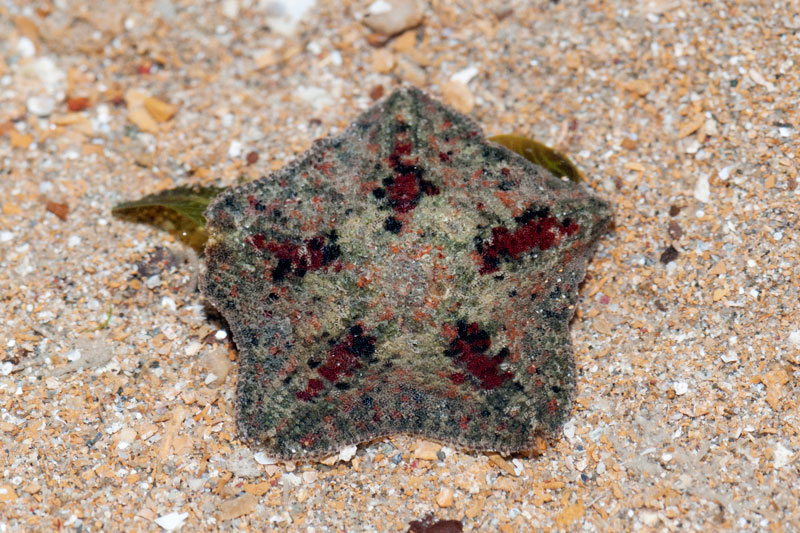 |
| Cryptic sea star, overview. |
 |
| Cryptic sea star, underside. |
Along the sandbar towards the beacon, there were many
haddon's carpet anemone (
Stichodactyla haddoni), most of them were in shallow swishing waters, making it difficult to photograph.
 |
| Haddon't carpet anemone |
The sandbar also had some
solitary fan green seaweed with the
strawberry slug (
Costasiella sp.) on them. This slug is super tiny and it takes great patients to get them in focus to photograph. From the front view, it looks like Shaun the Sheep is a well liked subject for underwater photography by many divers.
 |
| Strawberry slug, look at how tiny it is. |
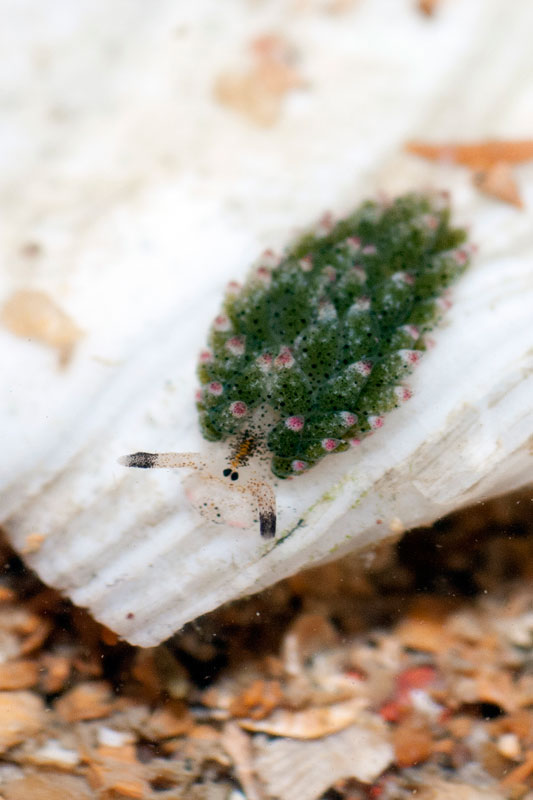 |
| Front view, the head looks like Shaun the Sheep. |
 |
| Shaun the Sheep |
I had a great time checking out this shore and look forward to our next trip back. Hopefully next time, we will be able to get to the beacon.
























No comments:
Post a Comment